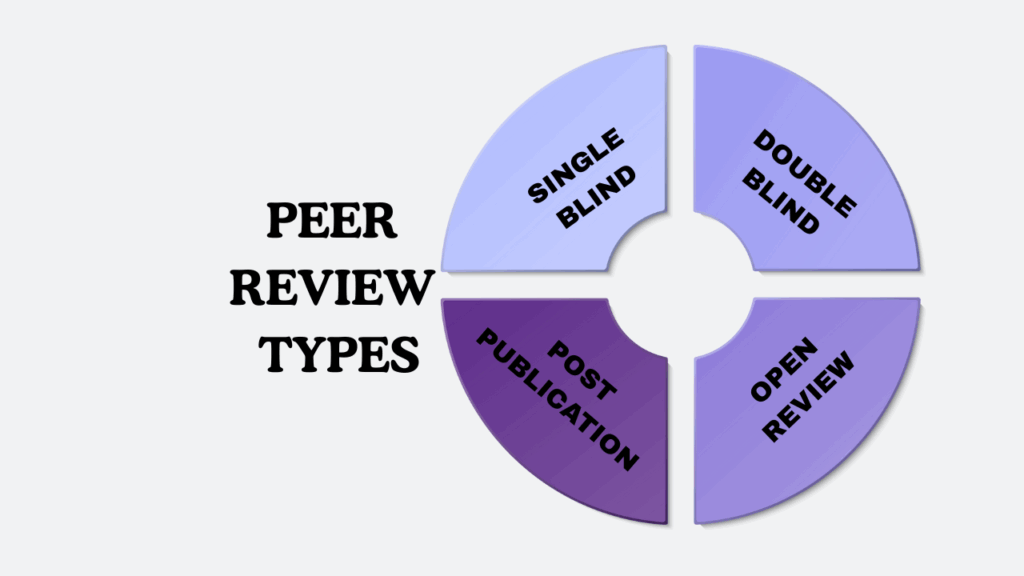Understanding the peer review process: A step-by-step guide for researchers

What is the Peer Review Process?
The peer review process is a vital component of academic research and publishing. It serves as a quality control mechanism to ensure that scholarly articles meet rigorous standards of accuracy, validity, and significance. For researchers, navigating the peer review process can be both daunting and crucial for their professional growth. In this article, we will provide a step-by-step guide to help researchers better understand and navigate the peer review process.
What are the steps in a Peer Review Process?
Step 3: Peer Review Assignment
Step 6: Revision and Resubmission
Step 7: Final Decision and Publication
Step 1: Submission
The first step in the peer review process begins with the submission of a research manuscript to a scholarly journal. Researchers should carefully select a journal that aligns with the scope and focus of their study. It is essential to review the journal’s guidelines for authors and formatting requirements to ensure compliance. Once the manuscript is ready, it can be submitted through the journal’s online submission system.
Step 2: Editorial Assessment
After the manuscript is submitted, the editor-in-chief or the handling editor of the journal performs an initial assessment. This assessment involves evaluating the manuscript’s fit with the journal’s scope, overall quality, and adherence to formatting guidelines. If the manuscript meets these criteria, it proceeds to the next step. However, if the manuscript is deemed unsuitable for publication, it may be rejected at this stage, and the researcher will receive a notification of rejection.
Step 3: Peer Review Assignment
If the manuscript passes the initial assessment, the editor assigns it to a group of experts in the field for peer review. These experts, often referred to as reviewers or referees, are typically researchers or scholars with expertise in the subject matter. The identities of the reviewers are kept anonymous to ensure impartiality and minimize bias. Reviewers are selected based on their knowledge, experience, and their ability to provide valuable feedback on the manuscript.
Step 4: Peer Review
During the peer review process, reviewers thoroughly evaluate the manuscript’s content, methodology, originality, and significance. They assess the strengths and weaknesses of the study, identify any errors or gaps in the research, and provide constructive feedback to improve the manuscript. Reviewers may also suggest revisions, additional experiments, or further analysis if necessary. The review process is typically conducted within a specific timeframe, which varies depending on the journal’s policies.
Step 5: Decision
Once the peer review is complete, the reviewers submit their reports to the editor. Based on the feedback received, the editor decides regarding the manuscript. The decision can fall into several categories, including:
1. Acceptance: The manuscript is accepted for publication without any major revisions.
2. Minor revisions: The manuscript requires minor revisions and improvements before final acceptance.
3. Major revisions: The manuscript requires significant revisions and further review before a final decision can be made.
4. Rejection: The manuscript is not suitable for publication in the journal.
Step 6: Revision and Resubmission
If the manuscript requires revisions, the researcher is notified and provided with the reviewers’ comments. Researchers should carefully address each comment, revise the manuscript accordingly, and provide a detailed response to the editor explaining the changes made. The revised manuscript, along with the response letter, is then resubmitted to the journal.
Step 7: Final Decision and Publication
Upon receiving the revised manuscript, the editor re-evaluates it along with the responses and revisions. Depending on the extent of revisions, the manuscript may be sent back to the reviewers for further evaluation. The final decision is made by the editor, considering the reviewers’ recommendations and the revised manuscript. If accepted, the manuscript goes through the publication process, including copyediting, typesetting, and proofreading, before it is officially published in the journal.
Step 8: Post-Publication
Once the article is published, researchers should actively promote their work through various channels, such as social media, academic conferences, and collaboration with other researchers. It is crucial to engage with the scientific community, respond to queries and comments, and build on the research through further studies or collaborations.
Conclusion
The peer review process plays a crucial role in maintaining the quality and integrity of scientific research. Understanding the steps involved in this process is essential for researchers to effectively navigate the publication landscape. By following this step-by-step guide, researchers can improve their chances of successfully submitting and publishing their work in reputable scholarly journals, contributing to the advancement of knowledge in their respective fields.
FAQs
1. What is the process of peer review?
Once you have submitted your paper, the journal editor-in-chief evaluates the manuscript’s fit with the journal scope, assesses the overall quality of the paper, and checks whether it adheres to journal formatting guidelines. Post this initial assessment, the paper is sent for external evaluation where 2 or 3 experts from the field review the content for originality, accuracy, validity, and integrity. Based on the peer reviewers’ feedback, the journal editor decides whether the manuscript should be rejected or accepted with major or minor revisions.
2. What are the three rounds of peer review?
There is no fixed “rounds or peer review” because it is a sequential process, which can be summarized as follows:
1) Research paper submission
2) Editorial assessment
3) Reviewer assignment
4) Evaluation by peer reviewers
5) Decision regarding paper acceptance/rejection
6) Paper revision and resubmission
7) Final evaluation and decision
3. What is the most important rule of peer review?
Peer review involves multiple factors such as ensuring objectivity during evaluation, providing constructive feedback, and maintaining professionalism throughout the evaluation process. However, one key rule is to maintain confidentiality to uphold the integrity of the scientific publishing system.
4. How long does peer review take?
Typically, peer review can range anywhere between 4 to 6 weeks. However, this only entails the initial peer evaluation and the actual time from submission to publication could be longer (3 months or more). The exact time frame varies depending on journal policies, the research field, and the availability of peer reviewers.
5. Do papers get rejected after peer review?
Yes, research papers do get rejected after peer review for various reasons. Peer review is a critical evaluation of the scientific content presented in the research paper, and if it does not meet the required standards, the editor may choose to reject the paper based on reviewer recommendations. However, direct rejection after the first round of peer review is less common. The editor is likely to request you to revise certain parts of the paper and resubmit for another round of evaluation before making the final decision.
Want to know if your paper is ready for peer review? Get your manuscript evaluated by expert reviewers using our Pre-Submission Peer Review Service.






